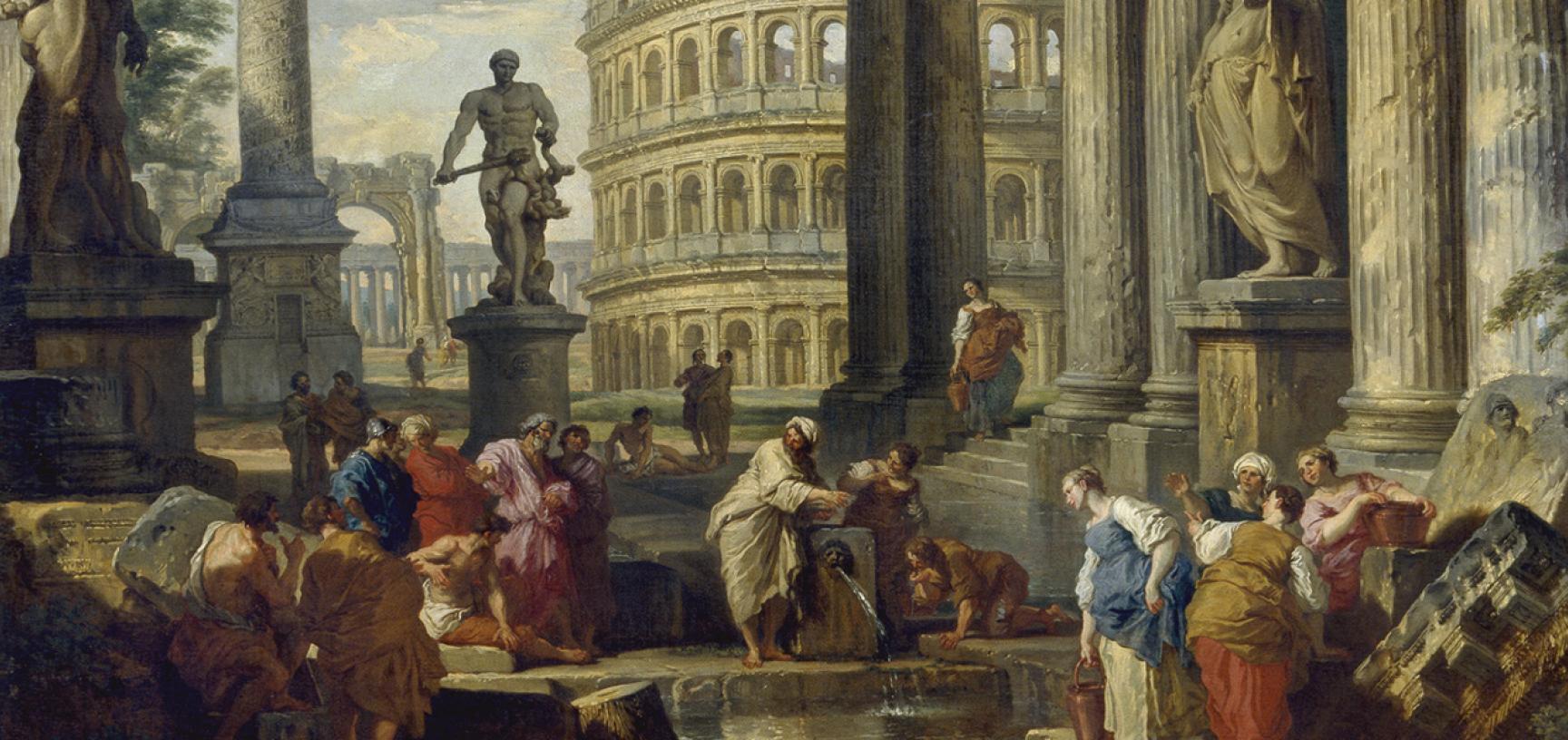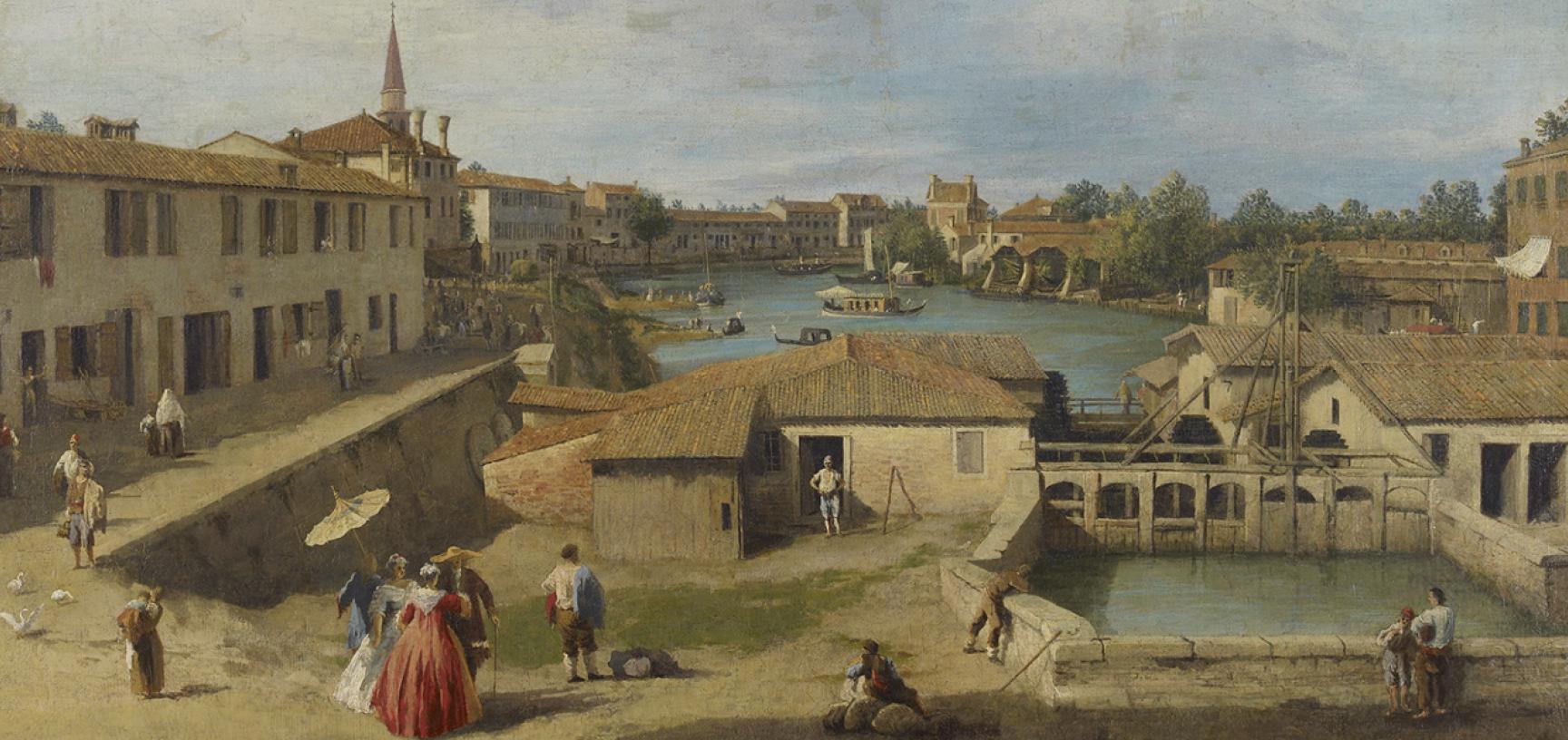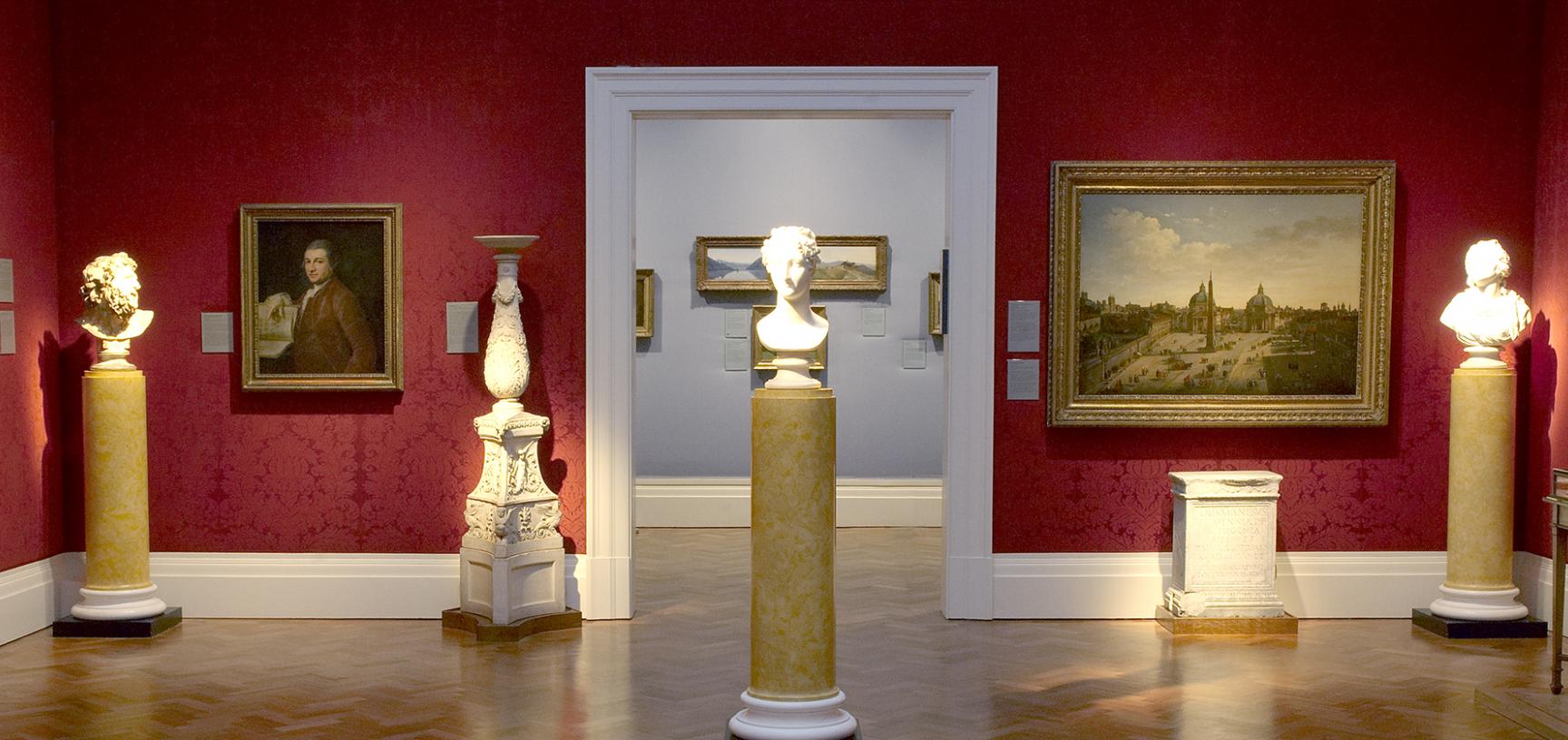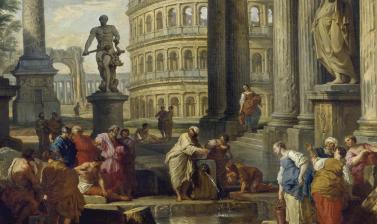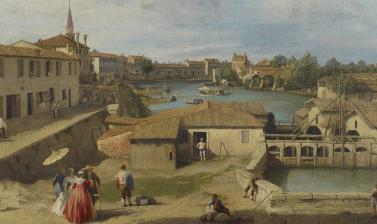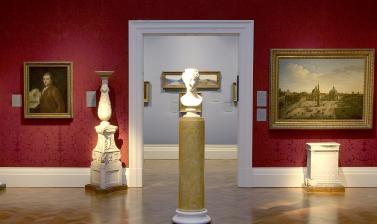BRITAIN AND ITALY
This gallery takes as its theme the passion that 18th-century British collectors had for the antique and the response of British artists to Italian art and its classical heritage. It is the only permanent gallery in the UK to focus on this topic. The gallery explores the 18th-century concept of the Grand Tour, a journey of discovery to Italy, often lasting a year or more taken by young noblemen to complete their education which had been based on the classics. By the 1720s the Grand Tour had become a rite of passage, not unlike today’s gap year.
Italy was widely viewed as the place to admire (and often acquire) the finest art of all periods. Grand Tourists commissioned portraits and viewed paintings from leading artists and collected antiquities and reproductions of famous works. These souvenirs of the Grand Tour – the experience of a lifetime – were prominently displayed in country houses in Britain and Ireland on their return. Examples are on display here – the central cases show finely crafted reproductions of famous antiquities in bronze and plaster. In the corner of the gallery is a plaster cast of the head of Laocoön (a cast of the entire statue is in the Cast Gallery on the ground floor). The ‘books’ of gem and plaster impressions proved very popular as souvenirs as they were highly portable.
Not so portable is the elaborate Fitzwilliam Coin Cabinet inlaid with mosaic panels, precious stones and featuring decorative glass medals of the heads of Roman emperors.
Artists such as Panini, Batoni, Canaletto and Canova were particularly in vogue with patrons and collectors. Roman Capriccio by Giovanni Paolo Panini is a typical Grand Tour souvenir where the artist has created a fantastical scene including all the highlights of a visit to Rome under one vast ruined roof, while picturesque inhabitants wearing colourful clothes mingle among the ruins getting on with day-to-day life. A similar compilation work by Canaletto hangs on the same wall.



